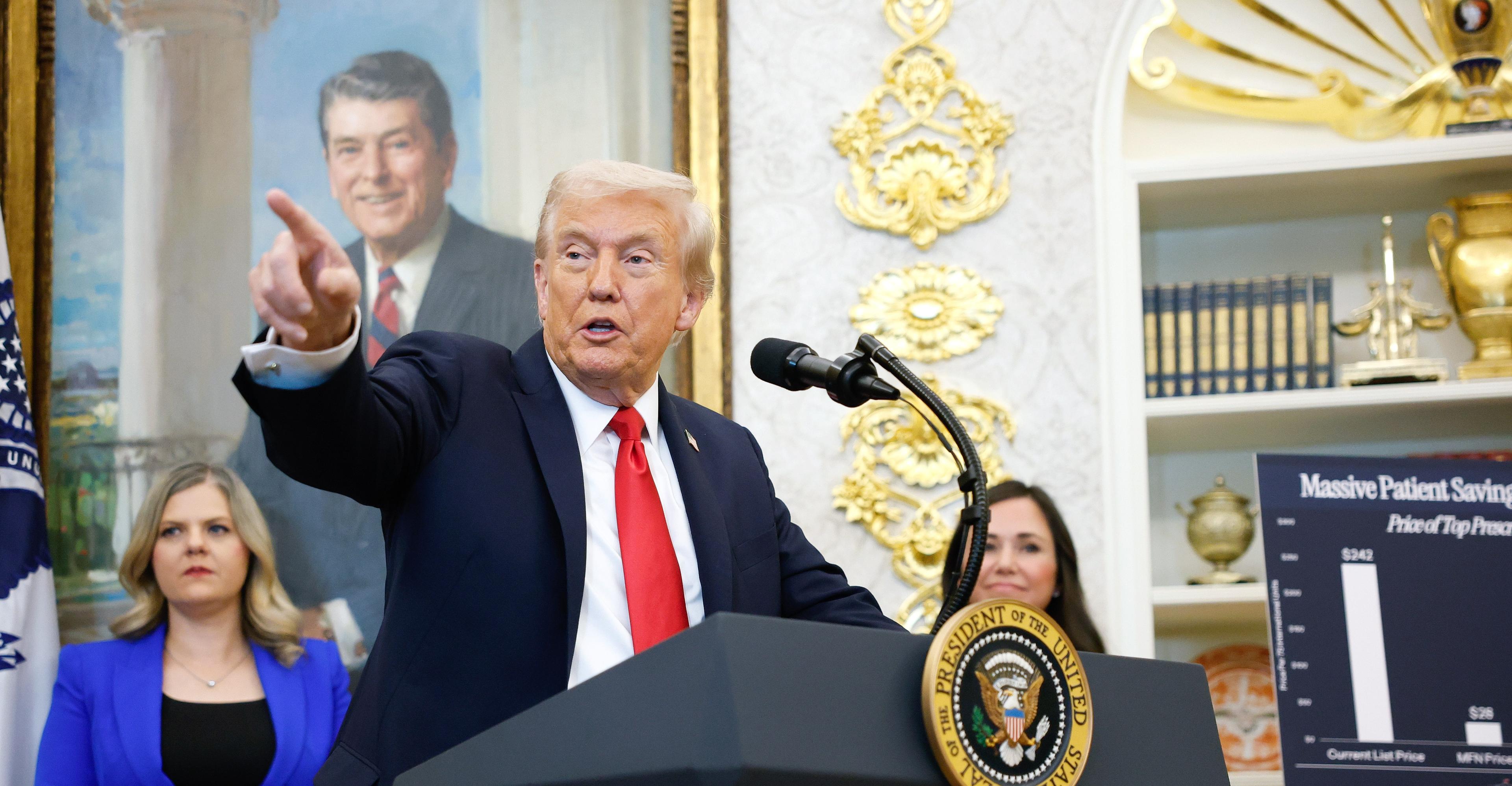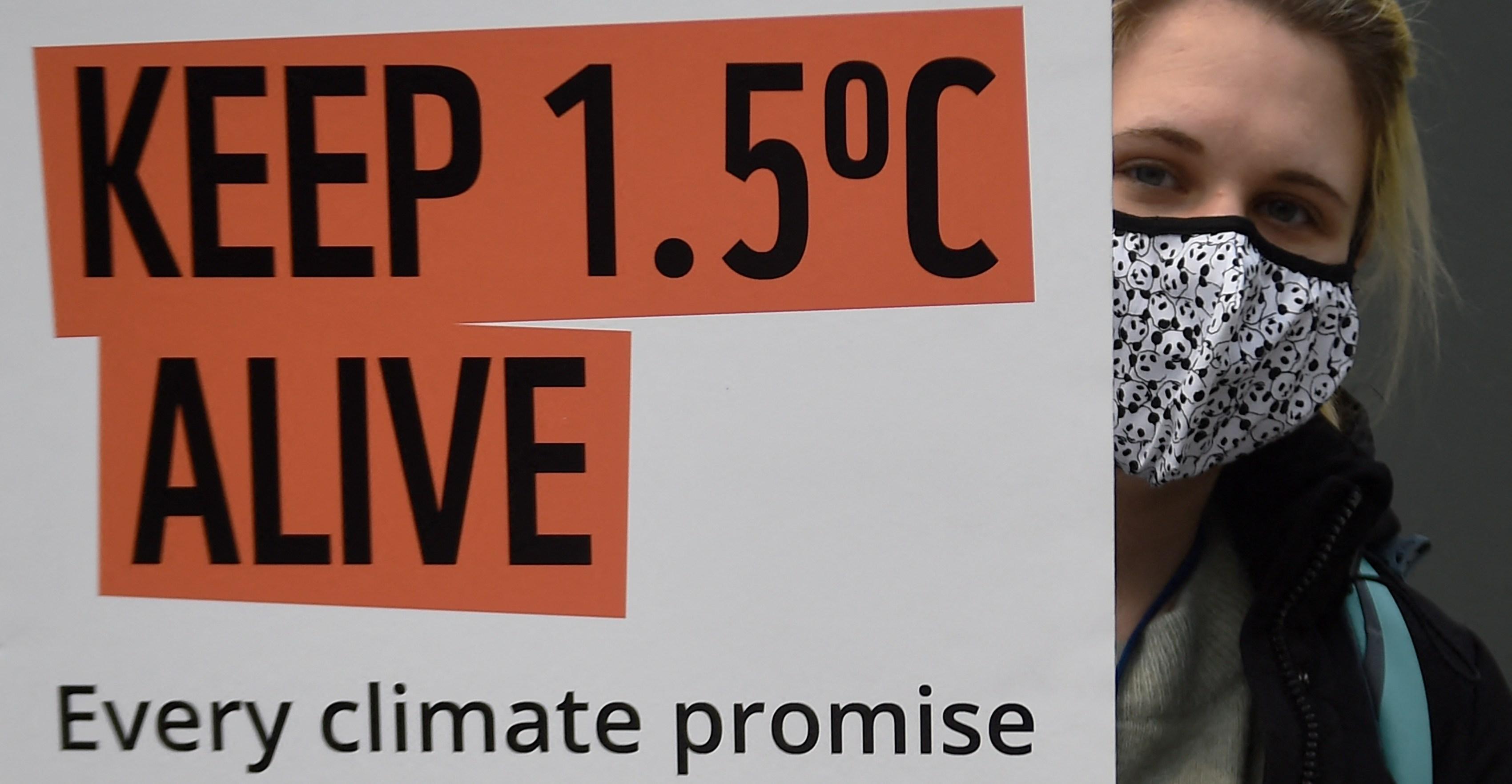Misinformation on the internet has never been worse. Or at least that’s my analysis of it, based on vibes. People on TikTok are eating up videos saying a bunch of inaccurate things about the dangers of sunscreen, while the platform’s on-app Shop propels obsc…

Published a year ago on Jun 26th 2024, 12:00 pm
By Web Desk

Misinformation on the internet has never been worse. Or at least that’s my analysis of it, based on vibes. People on TikTok are eating up videos saying a bunch of inaccurate things about the dangers of sunscreen, while the platform’s on-app Shop propels obscure books containing bogus cures for cancer onto the Amazon bestseller list. Meanwhile, the presumed Republican nominee for president is fresh off what appears to be a successful push to neuter efforts to address disinformation campaigns about the election. Also, Google’s AI Overview search results told people to put glue on pizza. But this is all anecdotal. Can I prove my hunch with data? Sadly, no. The data I — or more accurately, researchers with actual expertise on this — would need to do that is locked behind the opaque doors of the companies that run the platforms and services on which the internet’s worst nonsense is hosted. Evaluating the reach of misinformation, in the present day, is a grueling and indirect process with imperfect results. For my final newsletter contribution, I wanted to find a way to assess the state of misinformation online. As I’ve been covering this topic over and over for the past while, there’s one question that keeps popping into my head: Do companies like Google, Meta, and TikTok even care about meaningfully tackling this problem? The answer to this question, too, is imperfect. But there are some things that might lead to an educated guess. Ways to measure misinformation are disappearing One of the most important things a journalist can do while writing about the spread of bad information online is to find a way to measure its reach. There’s a huge difference between a YouTube video with 1,000 views, and one with 16 million, for instance. But lately, some of the key metrics used to put supposedly “viral” misinformation into context have been disappearing from public view. TikTok disabled view counts for popular hashtags earlier this year, shifting instead to simply showing the number of posts made on TikTok using the hashtag. Meta is shutting down CrowdTangle, a once-great tool for researchers and journalists looking to closely examine how information spreads across social media platforms, in August. That’s just a couple months before the 2024 election. And Elon Musk decided to make “likes” private on the platform, a decision that, to be fair, is bad for accountability but could have some benefits for normal users of X. Between all this and declining access to platform APIs, researchers are limited in how much they can really track or speak to what’s going on. “How do we track things over time? Apart from relying on the platform's word,” said Ananya Sen, an assistant professor of information technology and management at Carnegie Mellon University, whose recent research looks at how companies inadvertently fund misinformation-laden sites when they use large ad tech platforms. Disappearing metrics is basically the opposite of what a lot of experts on manipulated information recommend. Transparency and disclosure are “key” components of reform efforts like the Digital Services Act in the EU, said Yacine Jernite, machine learning and society lead for Hugging Face, an open-source data science and machine learning platform. “We've seen that people who use [generative AI] services for information about elections may get misleading outputs,” Jernite added, “so it's particularly important to accurately represent and avoid over-hyping the reliability of those services.” It’s generally better for an information ecosystem when people know more about what they’re using and how it works. And while some aspects of this fall under media literacy and information hygiene efforts, a portion of this has to come from the platforms and their boosters. Hyping up an AI chatbot as a next-generation search tool sets expectations that aren’t fulfilled by the service itself. Platforms don’t have much incentive to care Platforms aren’t just amplifying bad information, they’re making money off it. From TikTok Shop purchases to ad sales, if these companies take meaningful, systemic steps to change how disinformation circulates on their platforms, they might work against their business interests. Social media platforms are designed to show you things you want to engage with and share. AI chatbots are designed to give the illusion of knowledge and research. But neither of these models are great for evaluating veracity, and doing so often requires limiting the scope of a platform working as intended. Slowing or narrowing how a platform like this works means less engagement, which means no growth, which means less money. “I personally can't imagine that they would ever be as aggressively interested in addressing this as the rest of us are,” said Evan Thornburg, a bioethicist who posts on TikTok as @gaygtownbae. “The thing that they're able to monetize is our attention, our interest, and our buying power. And why would they whittle that down to a narrow scope?“ Many platforms begrudgingly began efforts to take on misinformation after the 2016 US elections, and again at the beginning of the Covid pandemic. But since then, there’s been kind of a pullback. Meta laid off employees from teams involved with content moderation in 2023, and rolled back its Covid-era rules. Maybe they’re sick of being held responsible for this stuff at this point. Or, as technology changes, they see an opportunity to move on from it. So do they care? Again, it’s hard to quantify the efforts by major platforms to curb misinformation, which leaves me leaning once again on informed vibes. For me, it feels like major platforms are backing away from prioritizing the fight against misinformation and disinformation, and that there’s a general kind of fatigue out there on the topic more broadly. That doesn’t mean that nobody is doing anything. Prebunking, which involves preemptively fact-checking rumors and lies before they gain traction, is super promising, especially when applied to election misinformation. Crowdsourced fact-checking is also an interesting approach. And to the credit of platforms themselves, they do continue to update their rules as new problems emerge. There’s a way in which I have some sympathy for the platforms here. This is an exhausting topic, and it’s tough to be told, over and over, that you’re not doing enough. But pulling back and moving on doesn’t stop bad information from finding audiences over and over. While these companies assess how much they care about moderating and addressing their platform’s capacity to spread lies, the people targeted by those lies are getting hurt.

Arcade1Up isn’t dead, maybe
- 4 hours ago
Water aggression against Pakistan: India curtails Jhelum flows after Chenab
- 11 hours ago
Silver: NBA to explore relief for Heat over Rozier
- 3 hours ago
More than 42mn children administered polio vaccination during final polio drive in Pakistan
- 16 hours ago
Heat F Jovic's MRI clean after hard fall; day-to-day
- 3 hours ago

Trump’s attack on trans health care, briefly explained
- 2 hours ago

9 actually good things that happened to animals this year
- 2 hours ago
Is eliminated Chiefs' Super Bowl window closing -- and what changes are ahead?
- 3 hours ago
Harrison Ford to get lifetime acting award
- 11 hours ago

Climate change is rewriting polar bear DNA
- 2 hours ago

Sony’s XM5 over-ear headphones are cheaper than ever — and they come with free wireless earbuds
- 4 hours ago

One of Trump’s grudges now threatens America’s weather forecasts
- 2 hours ago
You May Like
Trending









